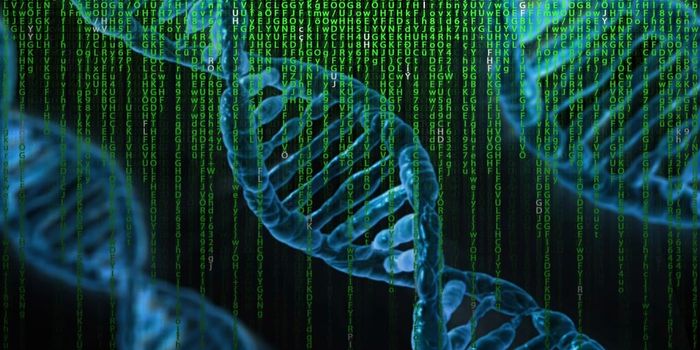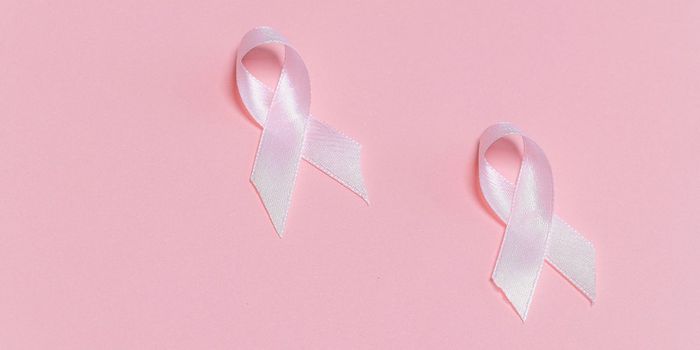Partial Recovery from Pandemic-Related Delays in Cancer Diagnosis
The first cases of novel coronavirus diagnosed in December 2019 led the World Health Organization (WHO) to declare a Public Health Emergency of International Concern on January 30, 2020. Shortly after, on March 11, 2020, WHO named the outbreak a pandemic.
The global outbreak of the coronavirus disease 19 (COVID-19) pandemic had drastic implications on all aspects of life. The strict measures taken to reduce contact and viral spread kept many in their homes, avoiding public activities and social interactions. Some unintended consequences, such as disruptions in routine healthcare services and delays in cancer screenings, emerged from the change in social norms accompanying the pandemic. These disruptions led to severe reductions in cancer screening, which became one of the alarming complications that arose. Inadequate screening quickly resulted in an increased number of late-stage cancer diagnoses, and as advanced cancers remain more difficult to treat, a significant public health challenge emerged. Cancer remained the second-leading cause of death in the United States during the pandemic. Labroots previously discussed some details of these challenges faced by the cancer care and oncology field.
Yesterday, four and a half years after the start of the pandemic, JAMA Open Network published a significant update on this topic. The study aimed to evaluate the disruption in cancer detection during the first and second years of the pandemic as well as determine how much we have recovered from the pandemic-associated drops in screening. The study utilized data from the Surveillance, Epidemiology, and End Results (SEER) Program to examine the rate of cancer diagnoses during the first two years of the pandemic.
The large, comprehensive study included 15,831,912 patients diagnosed with invasive cancer between 2020 (759.810 patients) and 2021 (825,645 patients). Researchers found that in 2020, the cancer incidence was 8.6% lower than expected, resulting in 127,931 cases. Further analysis showed that incidence rates remained lower than expected into 2021, especially for patients living in rural communities. Cases of lung cancer (24,940), prostate cancer (14,104), and melanoma (10,274) had the largest deficit in observed versus expected cases.
The study concluded that despite substantial disruptions in cancer diagnoses in 2020, rates experienced a meaningful recovery in 2021. However, the authors cautioned that the United States has not fully recovered from pandemic-related declines in cancer diagnosis. Thus, the study underscores the urgent need for further efforts to address the severe lack of diagnoses seen during the pandemic, motivating us to remain committed to increasing cancer screening.
Sources: JAMA Network Open (2022), JAMA Network Open (2024)









